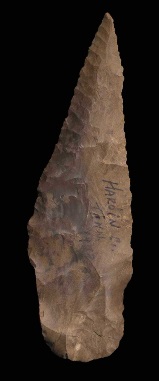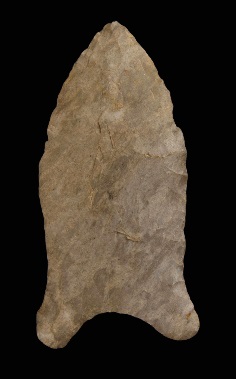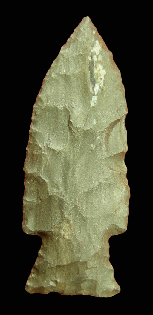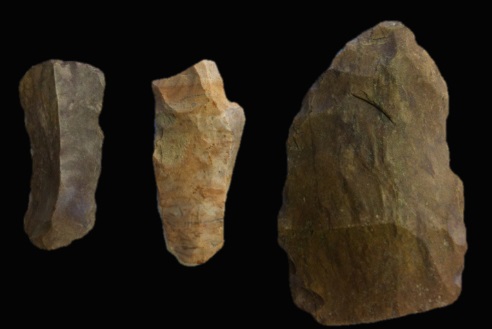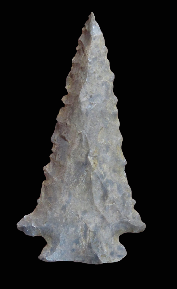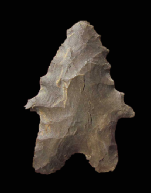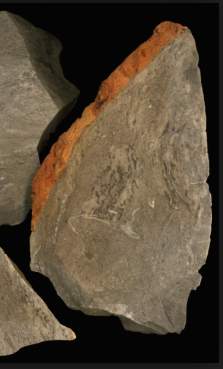

Unlike many other materials, this chert is most commonly found in nodules within the bedrock with smaller nodules found in stream beds. It is commonly found in riverbeds along the Franklin - Delaware county lines in Ohio, but may be found from Lake Erie into Columbus. Westward into Stewart County Illinois and southern into Stewart County, Tennessee. Similar material has been found throughout the lower Tennessee River valley and throughout the Cumberland River valley. Dover Chert is associated with the Fort Payne Formation. Has primary outcroppings near the Waverly / Nashville area of Tennessee.




